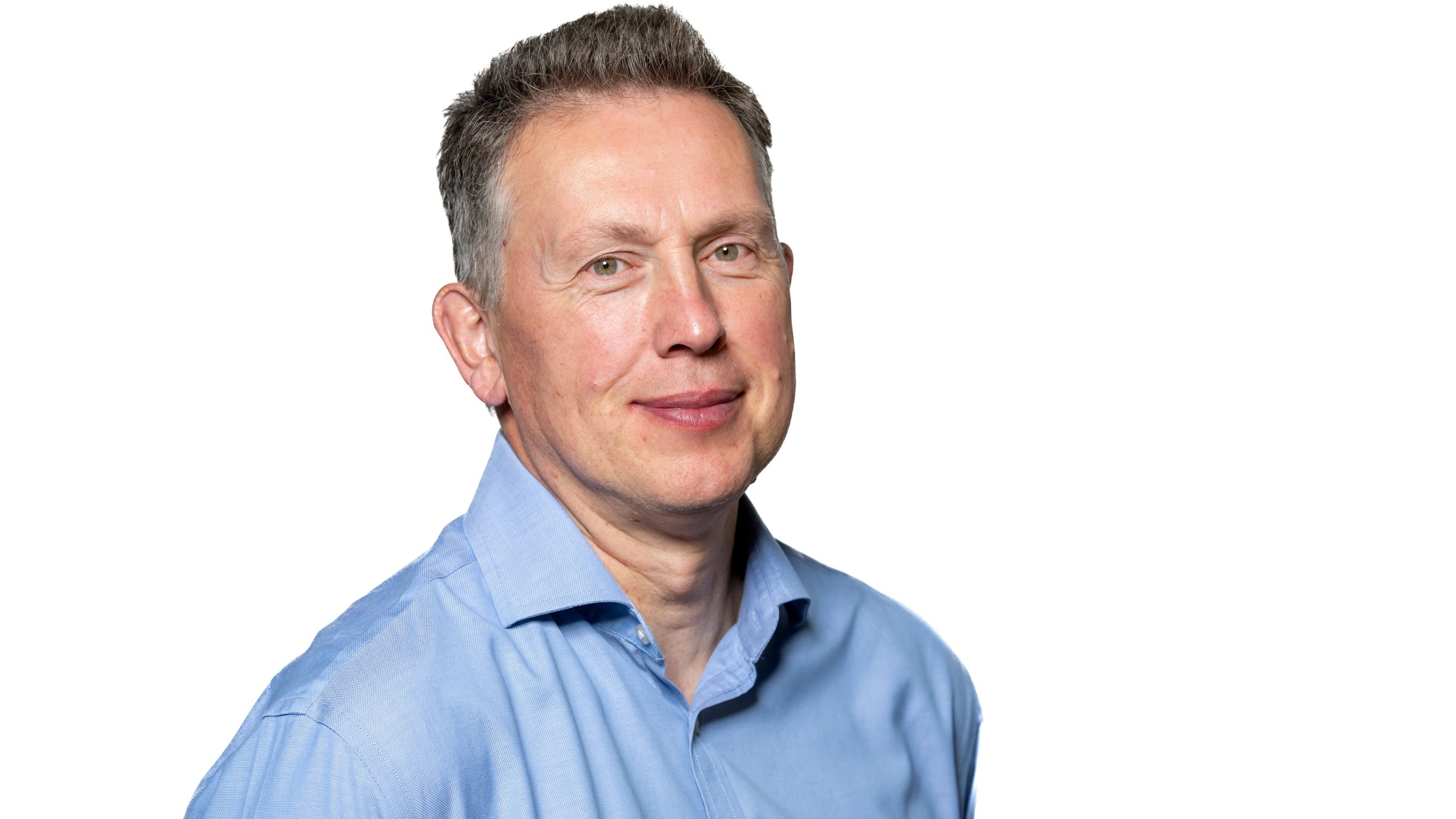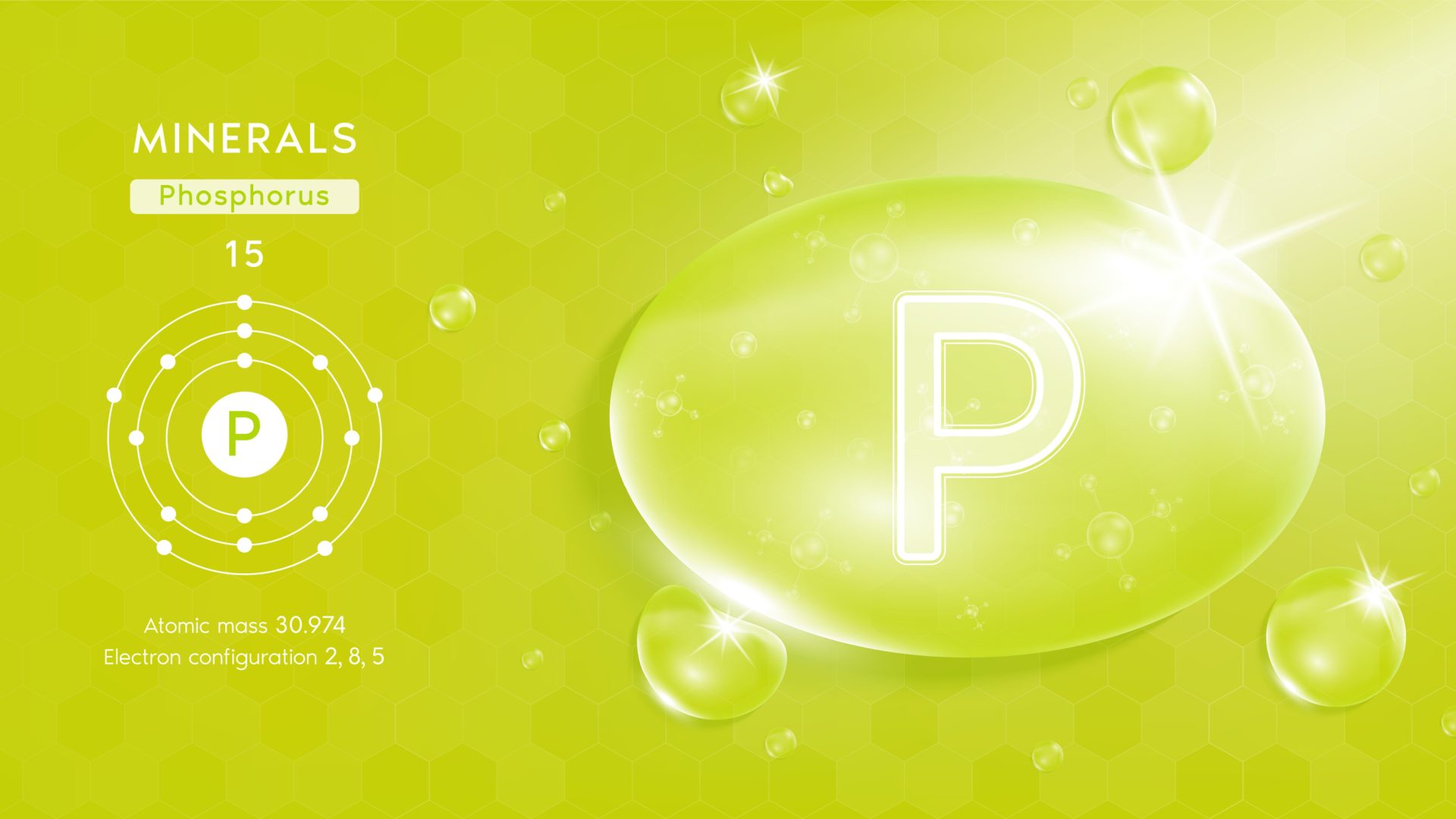
Water companies have committed to remove over a million tonnes of phosphorus from rivers in AMP8. As such, phosphorus removal will remain a central focus of 2025-2030 capital programmes, writes Duncan Wildgoose, business development manager – head of wastewater at Xylem UK.
Over the last two decades, effluent discharges to rivers have reduced by 67 per cent. However, excess phosphorous remains the most common reason for water bodies failing to achieve ‘good’ ecological status.
In England, new statutory targets set by the Environment Act 2021 require phosphorus from treated wastewater to be reduced by 80% by 2038. Also ongoing is the Water Industry National Environment programme (WINEP), a set of actions all English water companies are required by the Environment Agency to complete to protect the environment.
Having started towards the end of AMP6, the programme has ramped up throughout AMP7, with around 800 wastewater treatment sites upgraded – and there is a significant amount of investment still to be made.
These ever-tightening phosphorus (P-) removal targets are driving development and investment in advanced treatment systems. There is a wide range of opportunities to reduce the presence of phosphorus available to water companies and many have well established catchment management programmes to work with local landowners to protect watercourses at source.
In terms of treatment technologies, as well as chemical dosing, a range of options has emerged in AMP7, with filtration technologies – such as pile cloth media and multi-media – and ballasted clarification being the most widely used. We expect to see even wider deployment of these technologies in AMP8.
Ballasted clarification
While all adopted technologies have been shown to have good solid removal rates, and hence P-removal, ballasted clarification can cope with higher loading rates and offers better economies at scale.
The use of an enhanced ballasted clarification system that uses magnetite (an inert iron ore particle) can massively increase treatment capacity by ballasting – or intensifying – biological or conventional chemical flocs, settling rates are enhanced, increasing the performance of water and wastewater treatment facilities.
This proven technology can be applied where very low phosphorous limits are required, without the need for further treatment. The system has the capability to re-utilise existing assets as part of the solution.
As such, water companies are now increasingly considering it as an effective solution for P-removal. Working with four UK utilities, Xylem has installed six ballasted clarification systems, with eight more currently in design, construction and commissioning.
The projects have mostly utilised the CoMag process, while some have installed Xylem’s BioMag technology, which is used for wastewater intensification in activated sludge systems and is also highly effective in P-removal.
Some of these technologies were among a range of new systems trialled by Severn Trent at its Packington site in Leicestershire. The trial also included alternative solutions based on membrane filtration, nano-particle embedded ion exchange, immobilised algal bioreactor and absorption media reed beds.
Beyond AMP8
Looking ahead, Xylem is working closely with partners to deliver improvements responding to phosphorous challenges. This includes our Innovation Labs programme, which works with start-ups to bring new technologies – including some in the P-removal space – to market.
Beyond AMP8, Xylem hopes to see an uptake in phosphorus recovery and recycling processes in the UK. Phosphorus is a vital nutrient used in fertiliser for food production but is a finite resource and there is a deficit in many parts of the world.
A major 2022 study co-authored by Cranfield University scientists, says unsustainable phosphorus use ‘affects food and water security, freshwater biodiversity and human health’ and calls on governments to increase recycling of the nutrient by 50% by the year 2050
Technology is available – and already widely used in parts of the world such as the US, China and Japan – to recover it from sewage sludge and convert it into a valuable by-product, in the form of slow-release fertiliser.
Currently in the UK, the process is not widely seen as being cost effective, however, in terms of long-term planning and creating a circular economy, there are many benefits to companies getting ahead of the game and moving towards a more sustainable approach to P-removal.



